
A colourful farmer Thomas Baumgartner
Thomas Baumgartner, who came from a farming family, took a roundabout route to the painting and drawing school run by the artist Hermann Groeber, who was still teaching privately at the time. He was later offered a place at the Academy in Munich through Georg Hirth, publisher of the newspaper "Jugend".
 Thomas Baumgartner. Self-portrait in painters smock, leaning on an easel, 1932
Thomas Baumgartner. Self-portrait in painters smock, leaning on an easel, 1932
Baumgartner already achieved great success in his early years. In 1913, the 21-year-old won the gold medal at the International Exhibition in Munich's Glaspalast with a portrait of General von Keller. In the same year, he even entered the international stage in Pittsburgh, where his portrait of a lady with a leopard coat was exhibited - which is now being auctioned by NEUMEISTER in May.
 Thomas Baumgartner. Portrait of a seated lady wearing a leopard coat, 1913
Thomas Baumgartner. Portrait of a seated lady wearing a leopard coat, 1913
Baumgartner made a name for himself as a portraitist with such successes. King Ludwig III of Bavaria commissioned him to paint portraits, as did fellow artists such as Joseph Wopfner and Constantin Gerhardinger.
 Thomas Baumgartner. Young peasant woman wearing blue velvet stays, 1940
Thomas Baumgartner. Young peasant woman wearing blue velvet stays, 1940
Above all, however, Baumgartner painted striking genre portraits of peasants modelled on Leibl - inspired by his native regions around Chiemsee and Tegernsee - and revealed his full talent in the process. The sitters - some with red cheeks and wrinkled faces - often look at us head-on, telling their stories and seeming to reveal their last secrets. In the expressive portraits, we see individuals with their very own character traits. Baumgartner also helps us to recognise precisely this by reducing the entire picture to the sitter and providing them with little or no staffage.
 Thomas Baumgartner. Refugee misery, 1914
Thomas Baumgartner. Refugee misery, 1914
Thomas Baumgartner's meticulous portraits of women in the Faußner Collection in particular reflect the development of the artist's work. The painterly execution of his ladies from the 1910s is still reminiscent of Hermann Groeber; the lighting mood in the background design is also reminiscent of his early teacher. In the 1920s, the background became more monochrome, contours became more important and the individuality of the characters was emphasised. The Federal Republic of Germany portraits of the late work, on the other hand, appear almost photorealistic and are very much in the spirit of the 1950s.
 Thomas Baumgartner. Spanish lady in traditional costume, 1919
Thomas Baumgartner. Spanish lady in traditional costume, 1919
Thomas Baumgartner painted throughout his life. From the imperial era to the Federal Republic, he almost exclusively depicted people from rural life in genre portraits. Like his friend Maier-Erding, he is a colourful farmer, but in contrast to him he appears less present. Baumgartner prefers to spend time with farmers or go hunting rather than appear in public. Like many artists in his circle, Thomas Baumgartner was a beneficiary of the Nazi era. His works were appreciated by those in power, including his presence at the "Great German Art Exhibition" in 1941. However, it is not possible to find any of his works with a clearly propagandistic content in line with National Socialist ideology. Instead, Baumgartner exhibited works during the Nazi era that had the same motifs as those he had already shown in Munich's Glaspalast in the 1920s.
Thomas Baumgartner died in Kreuth in 1962. Most of his paintings are now privately owned.
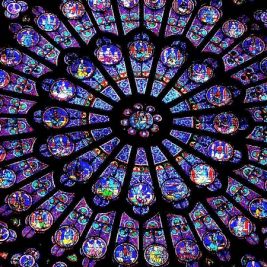 Stained glass is a grand masterpiece of monumental art made from small pieces of colored glass
Stained glass is a grand masterpiece of monumental art made from small pieces of colored glass 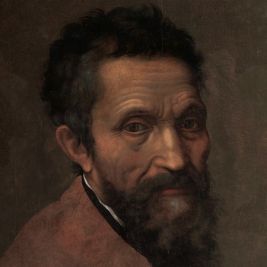 Top 10 Most Iconic Sculptors in the World
Top 10 Most Iconic Sculptors in the World 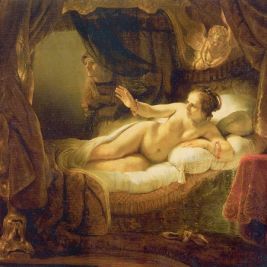 Baroque is an exquisite pearl of European culture: essence, developmental history, style features
Baroque is an exquisite pearl of European culture: essence, developmental history, style features  Antique arms and armour from all over the world
Antique arms and armour from all over the world 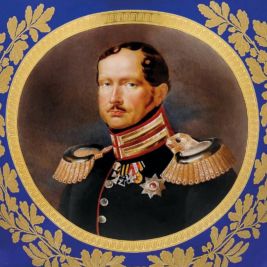 KPM Berlin: Production of exquisite porcelain with a 250-year history
KPM Berlin: Production of exquisite porcelain with a 250-year history  Silver of Great Britain - History, Styles, and Hallmarks
Silver of Great Britain - History, Styles, and Hallmarks  Art, antiques and ancient artefacts. 100th jubilee auction
Art, antiques and ancient artefacts. 100th jubilee auction 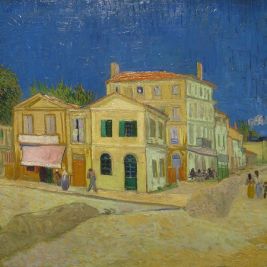 The painting "The Yellow House" by Vincent van Gogh is a dwelling of light in the artist's work
The painting "The Yellow House" by Vincent van Gogh is a dwelling of light in the artist's work  Painting: its types, styles, genres, techniques, and history of origin
Painting: its types, styles, genres, techniques, and history of origin 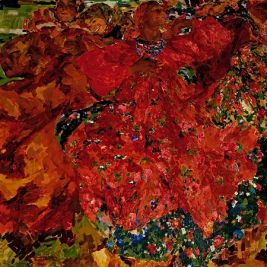 The painting " The Whirlwind" by Filipp Andreevich Malyavin is an inspiring hymn to the beauty and strength of character of Russian peasant women
The painting " The Whirlwind" by Filipp Andreevich Malyavin is an inspiring hymn to the beauty and strength of character of Russian peasant women